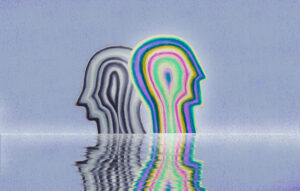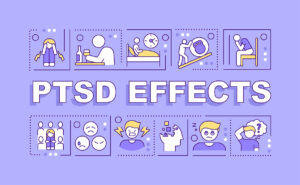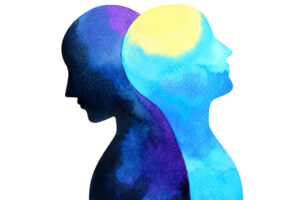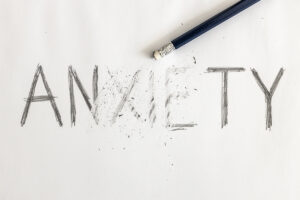Related Resources
For Understanding Trauma
How Traumatic Stress Impacts the Brain
Did you know that your brain is designed to find the difficult moments in every day? Our little friend “Amy” the amygdala loves to search out those hard moments—those difficult experiences that lead to feelings of anxiety, frustration, and sadness.
Counterintuitively, the reason for this is she’s always trying to keep us safe. The unfortunate side effect is that when we have a difficult moment Amy will start spinning worst case scenario stories about these experiences. I like to think of it as a choose your own adventure of doom that our brain will take us on in order to keep us prepared for every eventuality. For anyone who’s ever experienced ruminating thoughts then you know how painful this can be.
Luckily there are easy steps we can take to stop ruminating in its tracks and instead let our amygdala know that we are safe and sound.
Understanding the Impact of Stress & Trauma: The Window of Tolerance
In this psychoeducation video, Dr. Kate Truitt walks us through the window of tolerance and the impact of long-term stress and trauma on the mind and body. She begins by explaining that experiencing a traumatic event can change the way our mind and our body show up in our day to day lives, and it can be for a short time after the trauma or can create long-term change. Our mind and body are a closed loop system, what impacts one impacts the other.
Dr. Kate then explains that the window of tolerance is the body in its optimal state, where it can access both reason and emotion. Outside of the window of tolerance is hyperarousal (over-reactivity, unclear thoughts, emotional distress, anxiety) and hypoarousal (depression, unmotivated, numbness, fogginess, fatigue). When we experience a traumatic event, it can push us out of the window of tolerance to hyperarousal or hypoarousal.
In a healthy mind body system, our system will rebalance. But if we experience a big enough stressor or prolonged stressors, we will start cycling between the red and the grey zone state. This can often look like a cycle between anxiety and depression. If we stay in this cycle, our window of tolerance shrinks.
Dr. Kate reminds us that we have the power of neuroplasticity in our hands!
Understanding Trauma (YouTube Playlist)
Dr. Kate Truitt begins by introducing this 37-episode series, where she covers the intricacies of trauma, such as post-traumatic stress injury and complex trauma. This includes addressing questions such as why do some people have PTSD and others don’t, how many adverse childhood experiences do we have and what trauma does to the brain and body.
In this series, we dig deep into how to go from being survivors to becoming thrivers, or learning how to “Phoenix up.” This means taking the experiences of our past and turning them into personal empowerment. The story of the phoenix illustrates a fire bird that flies into flames to burn up. It consistently rises stronger and wiser than ever before. The bird chooses to burn up, so that it can rise, and Dr. Kate explains that this is the opportunity with trauma.
Trauma Labels and Diagnoses: Understanding the Ways Trauma and Stress Show Up in Our Lives
By Dr. Kate Truitt
This is the first in a series of four blog articles about understanding and healing trauma.
The Labels and Diagnoses of Trauma and How They Show Up
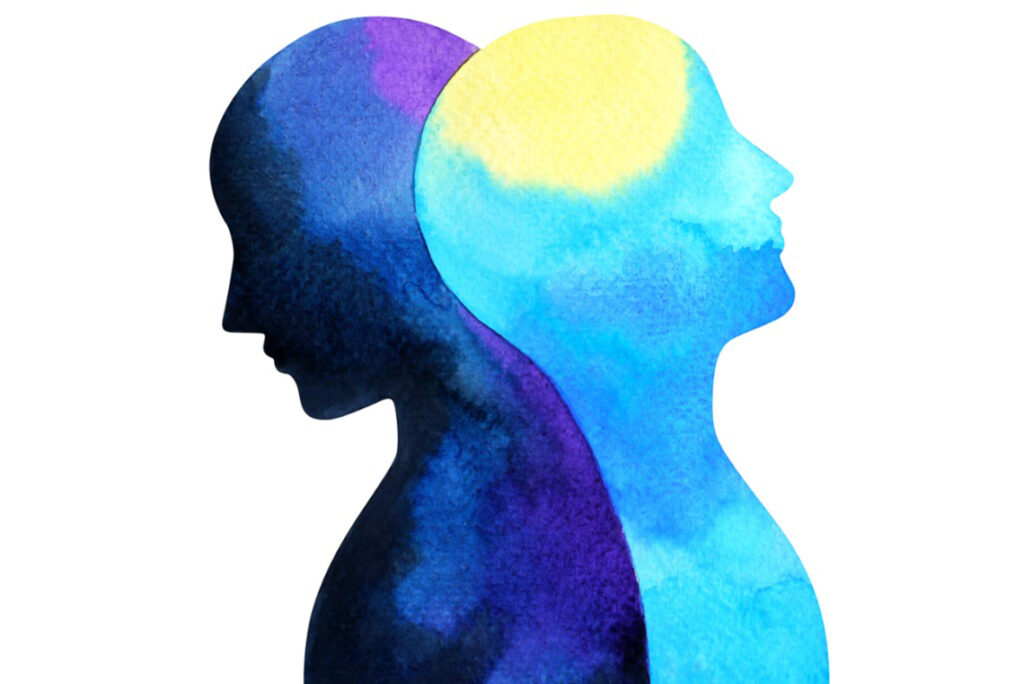
In my clinical practice I am often asked “How does trauma show up in relationship to all those labels, such as acute stress disorder, posttraumatic stress disorder, and complex posttraumatic stress disorder, and what about those of us who experienced traumatic experiences but don’t have PTSD?”
I didn’t develop PTSD until I was 29 years old. I can tell you, though, that I had quite a host and variety of traumatic experiences that impacted my mind and body long before the devastating trauma of having my fiancé suddenly die one week before our wedding, which was when the PTSD took hold.
I know I’m not alone. In this article we will explore these trauma labels and how these conditions unfold neurobiologically.
Visualizing Trauma Labels and Diagnoses

Acute Stress Disorder
Let’s use use an analogy of walking on a beach. Imagine you are enjoying a walk on a beautiful, sunny day and suddenly you step on a piece of broken glass halfway hidden in the sand, and you cut your foot. You first see the blood, then the cut, and it looks deep. It takes about a month for the wound to heal, and during that healing period, it is difficult for you to walk. The wound makes it hard to experience your life as you normally would.
This experience is akin to acute stress disorder. You’ve had a traumatic experience, and your mind and your body are experiencing the symptoms of that traumatic experience. These might might show up as insomnia, hypervigilance, increased irritability—the whole range of trauma-fueled experiences. Within a month, though, these symptoms go away. You’re healed. You’re good. All is well.
PTSD
But then imagine you’re walking on the beach, and you cut your foot. In this instance, though, the cut gets infected, and you start to have a multitude of mind/body experiences. The infection begins to course up your leg and you begin to worry that you might even lose your leg. Whatever your thoughts about the situation, you find that your mind will not stop thinking about the cut that happened. Every time you move while you’re sleeping your sleep gets disrupted, or you start having bad dreams about that cut on your foot. Well, now you have progressed into PTSD.
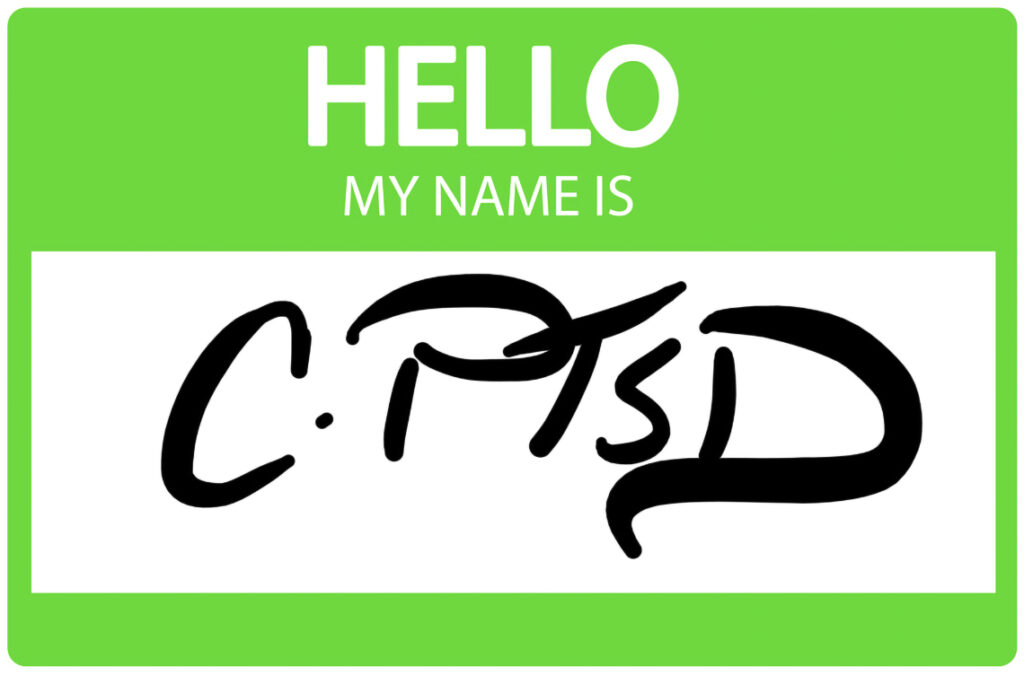
Complex PTSD
Then, imagine you’re living on a beach, or you get stuck on a beach and you can’t leave. And there are tsunamis and monsoons hitting that beach all the time. And it’s constantly raining. It is a rocky, scary beach. And by the way, you don’t know how to swim, you don’t have the skills or the tools that you need to survive on that beach. That’s complex PTSD. And that will exist across the course of your life unless you learn the skills and tools to get off of that beach in your mind, which is possible because our brain can heal and recover from complex PTSD.
PTSD with Delayed Onset
What happens in those experiences where you cut your foot and it heals, but then later, you notice that your foot starts hurting? Perhaps you cut your foot and then 12 months later, you’re running a marathon and you think, “Wow, my foot is really hurting.” And you notice that cut. All that was left of it was a mark, but it starts to get inflamed and cause problems so that it gets in the way of things you want to do. And all of a sudden, you can’t walk as well as you used to. You’re hobbling and wobbling along a bit. You reach out to your doctors because you’re not sure what is happening. You don’t really remember the experience on the beach, but your life and your mind and body are being seriously impacted by what happened there. Then one day you are out for a run, and you stumble and take a hard tumble. And then all you can think about is that down the beach when you cut your foot.
That’s PTSD with delayed onset. Your mind and body are saying, “I remember that thing that happened all the way back there,” even though it’s something in the here and now that triggered your brain and your body to go back there.


Anxiety and Depression
Or perhaps the physical scar stays inflamed. While the initial wound did not become infected, the scar tissue seems to cause ongoing difficulties in your life. And you don’t really understand why because you’re not thinking about that day on the beach. You just know you’re not living the life that you want to be living. There’s something going on and your foot is constantly getting in the way because it’s just not doing what it’s supposed to do. It hurts some days. You’re OK one day and the next day you’re limping.
Some days you think: “Gosh, I don’t think I can get out of bed at all” or “I don’t think I can go to that social event,” or “What if I can’t put on my shoes or my shoes really start to hurt?” These are common thoughts that people experiencing anxiety or depression experience. And, these thoughts and symptoms are often caused because you had that experience on the beach where you cut your metaphorical foot. That’s part of what happens when your brain encounters a stressful enough or traumatic enough experience that it changes neurobiologically but doesn’t result in the symptom onset of PTSD.
Peritraumatic Distress
Those encoded experiences can still show up in a large variety of ways and cause ongoing stress or harm to the way we’re trying to live our lives. The strength of their ongoing impact is directly tied to the intensity of our reaction in the moment. This is known as peritraumatic distress, the emotional and physiological distress experienced during and immediately after a traumatic event.
As you can see, trauma can show up in so many ways, and have large and yet varying impacts on our lives. Notably, individuals who experience recurrent depression usually have six or more traumatically encoded experiences. Six or more! So this begs the question, is recurrent depression about trauma, or is it a mood disorder as they talk about it in the Diagnostic and Statistical Manual of Mental Disorders, which is considered one of the “Bibles” of psychiatry?
This is an important question. Trauma is diffuse, and it is not just about our thoughts and our emotions. It’s about the entire mind/body system. As I explored in our September 2022 blog article, Healing Trauma: The Mind and Body Remember, our emotional and physical health and well-being are undeniably entwined and intricately connected. Anything—not just trauma—that impacts our body will impact our mind and vice-versa.
The good news is that we have the power of self-healing in our hands with the mindful touch of The Havening Techniques. If you want to read more about this healing opportunity, continue from the September blog article above into our October 2022 blog article titled, The Havening Techniques: New Neuroscientific Insights Shine Light on Ancient Healing Practices.
If you are interested in building your own personalized self-healing journey, check out my book titled, “Healing in Your Hands: Self-Havening Practices to Harness Neuroplasticity, Heal Traumatic Stress, and Build Resilience,” released in December and available on Amazon.
Healing starts with intentionally leaning in with curiosity to understand the nuances of what a traumatic experience does to the brain and body. Those nuances are important because they set us up for first and foremost self-compassion. We can recognize, “Oh, that’s why my brain is doing that thing.” This plays a critical role in guiding our healing journey, because we have the complete capacity to change our brain’s relationship with the past so we can create a new version of our present and build our future.
This is the first in a four part series on healing trauma. In my next article in this series I will delve into three of the survival responses our mind and body go to in traumatic situations: fight, flight and freeze.














